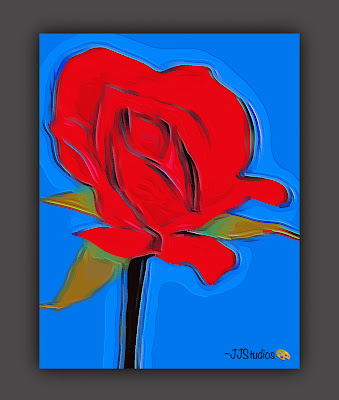Artistic creativity has always served “culture,” in both the higher and broader senses. It has formed human environments and shaped the atmosphere of human social interaction, without necessarily plunging deeply into the resonating core of human experience that is evidently common to all of us. Not all art has the fine balance, the perhaps enigmatic but ultimately perceivable and indeed luminous concretization of the most profoundly universal dimensions of beauty, which emerges in the artwork from one historical and cultural context but “speaks” to people of every time and place, to their basic humanity. These are the true “classics.” But art can’t succeed at all unless it attains something on some level—however humble—in the realm of beauty. What we call “fine art”—in the categorical sense of the term—is work that has as its primary and directive purpose the expression of beauty, as perceived by the creative intuition of the artist that shapes the work. The fine arts—whether they be painting, sculpture, music, or the crafting of other media—are undertaken, ultimately, for the expression and human contemplation of beauty.
There is a certain sense in which the artist creates first of all for his or herself, to achieve and then to contemplate the realization of his or her own creative intuition. This is what common language is trying to get at when it speaks of the "inspiration" of the artist, and it accounts for certain characteristics of some creative people, such as their need for solitude, their restlessness, their "dry spells," their intensity, their perfectionism, their continual reconfiguration of the same theme in many works, and—often—their overwhelming experience of frustration when others misunderstand or distort the significance of their work.
It's worth noting also that many artists have a natural disinterestedness in whether or not their work is "popular" (ego often enters subsequently, especially in the wake of success, but it complicates their creativity). Creativity is a way of being, of knowing, of loving, and of shining or resonating that fundamental ecstasy that every being possesses and communicates originally through the sheer wonder-fulness of its existing. "Beauty" (like "Truth" and "Goodness") is a "transcendental," a property that every being possesses in its own way, insofar as it is. We speak of the "greater" and the "lesser" regarding the whole realm of beings, so it stands to reason that there are also "greater" and "lesser" manifestations of beauty. But beauty (like being itself) is also predicated by analogy, and is therefore proper (in its own unrepeatable distinctiveness) to every particular existent. As Thérèse of Lisieux recognized so well, a garden has many different kinds of flowers, and the great roses have their beauty but the “little flowers” have their beauty too. The “levels" of beauty represent a harmonious pluralism, not a competition where one thing is exalted while another is held in contempt. The universe of being is a universe of beauty.
Correspondingly, every person is in some sense an artist. Every person is creative, just as every person is intelligent and free. Some, however, have more intensive dispositions and talents that lead them to take up artistic expression as their life's work, their "vocation."
…to be continued…
